Ten kinds of plants that lazy people can grow very well.
Fresh animals have their developmental discipline, with flowers falling, sprouting in spring, yellow leaves in autumn and even fallen leaves.
Haina Tiansheng in the design and construction of plane greening, according to the needs of owners and designers, generally choose wonderful, easy to maintain animals to plant. Ten kinds of lazy animals are introduced above, which are wonderful and easy to raise, and they are also the animals often chosen for flat greening.

1. Green apple
The green turnip is evergreen all the year round and has an elegant figure. Known as the "king of absorbing formaldehyde", it is also a good natural atmosphere polluter.
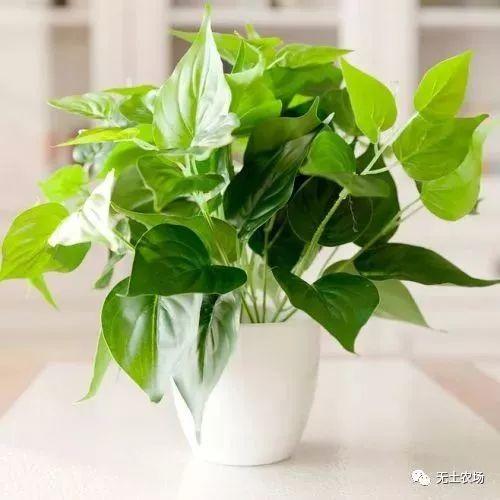
Breeding methods: adhere to the wet soil, fertilize once a month, the most suitable 20-30 ℃, winter should be higher than 10 ℃.
2. Douban green
Douban green leaves are green, moist and beloved, and refreshing and pleasing to the eye. Very easy to maintain, the atmosphere of formaldehyde, xylene, secondhand smoke has an inevitable pollution impact.
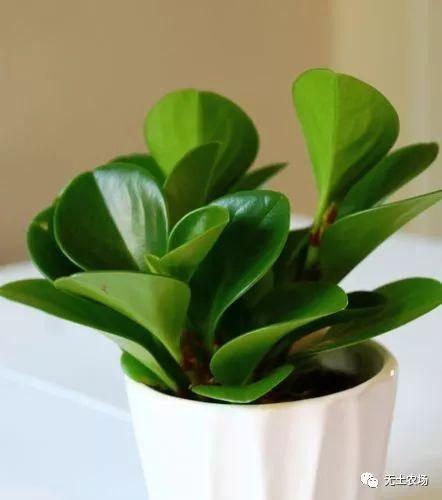
Breeding method: like warm and humid semi-overcast condition. Development temperature around 25 ℃, minimum not less than 10 ℃, not resistant to low temperature, avoid direct sunlight, like loose, fat and well-drained wet soil.
3. Hanging orchid
The leaves of the orchid are long and tender, the plant shape is as gentle as an orchid, the vitality is prosperous, and it is evergreen all the year round. Can absorb carbon monoxide, nitrogen peroxide, and synthetic benzene, absorb cigarette smoke nicotine and other harmless substances, also known as "green polluter".
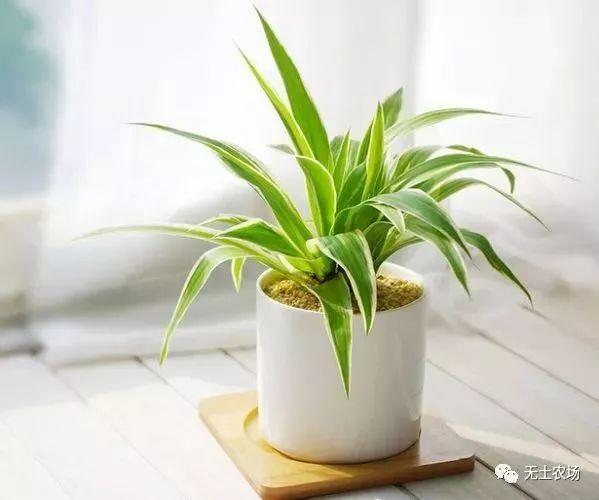
Breeding method: like warm and humid, semi-overcast situation. More resistant to drought, not very resistant to cold. The suitable temperature for development is 15-25 ℃, and the overwintering temperature is 5 ℃.
4. White palm
White palm leaves oblong or sublanceolate, dark green. Spring and summer flowers, Buddha flame bracts red or light green, flesh spike milky yellow. It can filter indoor waste gas and has a certain clean effect on ammonia, acetone, benzene and formaldehyde.
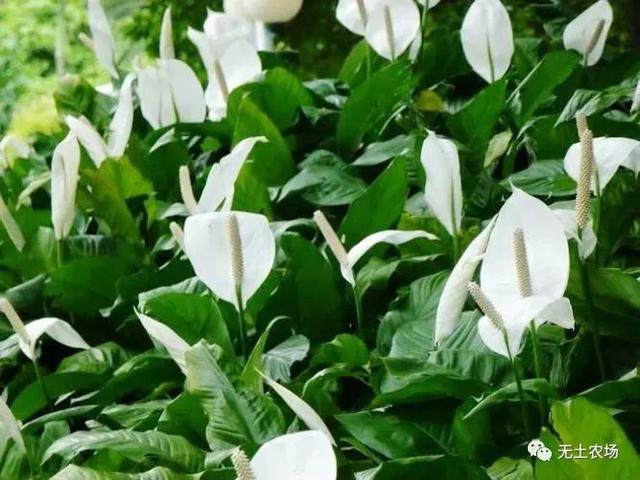
Breeding methods: like low temperature and high humidity, but also comparable to shade tolerance. 14-30 ℃ can be developed. Afraid of strong light exposure, ability to secretly condition for 30 days. Do not apply thick fertilizer or raw fertilizer, it is better to irrigate with sparse fertilizer and water.
5. Hanging bamboo plum
Hanging bamboo plum, evergreen herb, because its leaves are similar to bamboo, beautiful leaves. It has the function of appreciation and medicine.
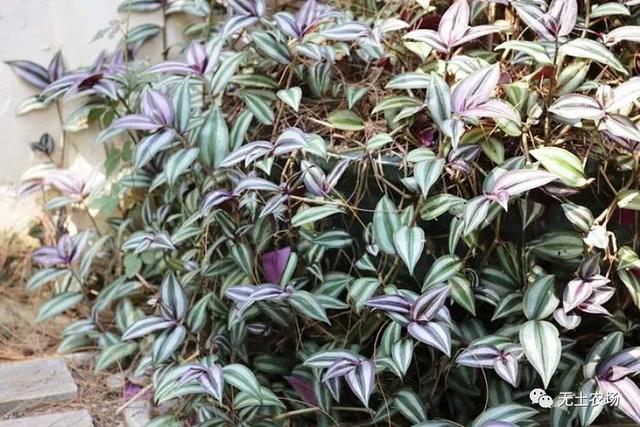
Breeding methods: hanging bamboo plum likes the sunny situation, but also likes semi-concealment, afraid of intense sunlight indirectly reflected for a long time. There is no high request for fertilizer, and excessive fertilization can be applied according to the detailed development trend.
6. Ivy
Ivy leaf shape is beautiful, the style is vulgar, simple, with northern flavor. Ivy can pollute the indoor atmosphere, absorb benzene, formaldehyde and other harmless gases, which is beneficial to human health.
Breeding method: Ivy likes warm and humid conditions, suitable for the development of temperature 20-25 ℃, afraid of extreme heat is not resistant to cold, summer overwintering temperature is not lower than 5 ℃. Watering can keep the basin soil wet, and thin fertilizer can be applied every half a month during the development season.
7. Mint
The whole plant of peppermint is fragrant. Leaves opposite, flowers small lavender, lip-shaped, dark purple-brown small fruit after flowering. It has both medicinal and edible effects.
Breeding method: peppermint is an entry-level animal for vanilla cultivation, which can survive from-15 °C to 30 °C. as long as water and fertilizer are suitable, the higher the temperature, the faster the development.
8. Duck foot wood
Also known as bad trees, evergreen trees or shrubs. The plant shape is full and beautiful, and the adaptability is strong. Can pollute the atmosphere and pollute secondhand smoke, bringing a fresh atmosphere.
Culture methods: it is not cold-resistant, and the room temperature in summer should be above 10 ℃; if the room temperature is lower than 8 ℃ for a long time, the leaves will gradually wither and yellow; liquid fertilizer will be applied every 1-2 weeks in the development season. During the period from May to September, apply 20% cake fertilizer and water twice a month.
9. Anthurium andraeanum
The petiole of Anthurium andraeanum is long, the flower appearance is strange and beautiful, and the inflorescence of fleshy spike is yellow, which can be flowered from time to time all the year round.
Breeding methods: sex like warm, hot, humid and well-drained semi-shady conditions, afraid of drought and strong light exposure, strong adaptability, suitable for the development temperature of 35-14 ℃.
10. Taro
Amorphophallus, perennial evergreen herb, has strong adaptability, strong development, and can adapt to different light conditions.
Breeding method: like dampness and fear drought, and the suitable temperature for development is 20-30 ℃. Sparse fertilizer and water can be irrigated every two weeks in summer and 0.2% solution can be sprayed once a month.
1. Yushu
Yushu is a rare animal preserved indoors, and its flowering appearance is also very beautiful. And, as usual, there is no need to take care of it, it is no problem to keep it for decades. The leaves of Yushu are green, thick and beloved. Because of its thick stems and leaves, it might as well not water it for a month or two.
2. Twelve rolls of hard leaves
There are more kinds of hard leaves than twelve rolls, but they are easy to raise. Drought tolerance is good. Like to develop in a warm situation, it is best to be slightly boring. The permeability of the soil is better. As usual, just pay attention to the amount of watering. It's like it's summer. The evaporation of water is relatively slow, and it is possible to water it or not at this time.
3. Undead birds
The undead bird is really an animal that is super easy to feed. Huahua has never seen anyone who raises the undead bird to death. When many flower friends raise undead birds, they often don't deal with them for half a year, but they can still grow well. Undead birds like to develop in a warm situation, usually in the process of maintenance, it is necessary to make the air permeability of the situation better, best on the balcony. If you water it, it's okay not to water it for a summer.
4. Tiger thorn plum
It is true that the tiger thorn plum is covered with thorns, but the time of the flower is still wonderful. Tiger thorn plum likes to develop in warm conditions, mild boredom will be better. In the maintenance time, just put it on the balcony, so the light will be better. Such a tiger thorn plum can blossom from time to time. And the drought tolerance of Chimonanthus przewalskii is also very good, and it is not advisable to maintain no shade in the summer.
5. Gobi rose
The Gobi rose has a larger rhizome and is a succulent animal. The leaves are long, the Gobi roses are very beautiful when they are in flower, and the appreciation is also good. Gobi roses like to develop in warm and cool conditions, as long as they are slightly dry and have plenty of light. At the time of maintenance, just water less and let him see the light more. The indoor temperature should be above 10 degrees Celsius so that you can get through the winter safely.
- Prev
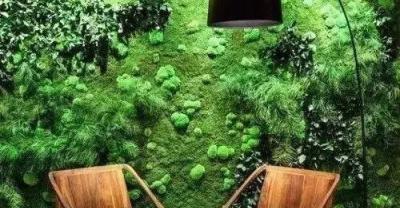
Planting method and Propagation of Flowers-- paulownia
Paulownia is a perennial herb of the genus Euphorbia of Gesneriaceae. It is native to Brazil and likes warm and humid environment. The suitable temperature for growth is 18 ℃ ~ 25 ℃.
- Next
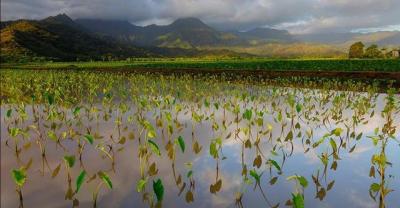
Vegetable farmers are rushing to harvest taro on the west bank of the Weihe River.
Xiangzhou Town, Zhucheng City, which is located on the west bank of Weihe River, has a tradition of growing vegetables all the year round. This is the taro that the vegetable farmers in the vegetable base are rushing to harvest. According to vegetables.
Related
- Fuxing push coffee new agricultural production and marketing class: lack of small-scale processing plants
- Jujube rice field leisure farm deep ploughing Yilan for five years to create a space for organic food and play
- Nongyu Farm-A trial of organic papaya for brave women with advanced technology
- Four points for attention in the prevention and control of diseases and insect pests of edible fungi
- How to add nutrient solution to Edible Fungi
- Is there any good way to control edible fungus mites?
- Open Inoculation Technology of Edible Fungi
- Is there any clever way to use fertilizer for edible fungus in winter?
- What agents are used to kill the pathogens of edible fungi in the mushroom shed?
- Rapid drying of Edible Fungi

